- +91-11-4044-5999
- info@cdri.world
-
Copernicus Marg, New Delhi, INDIA
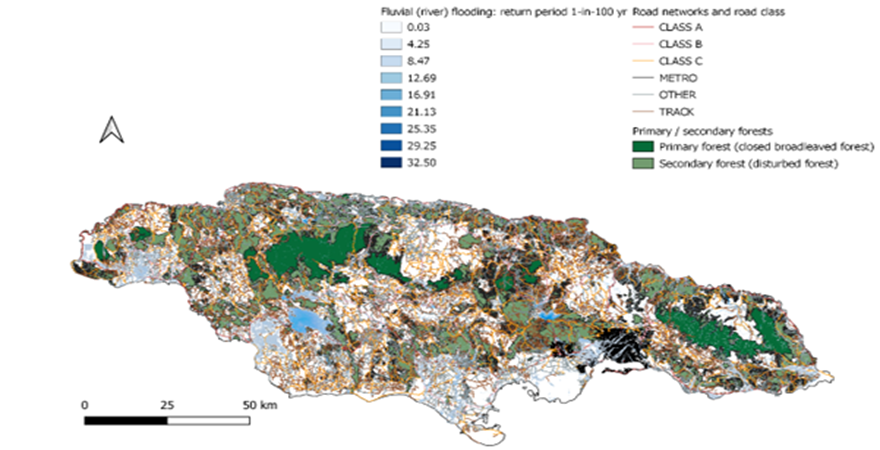
Nature-Based Solutions for Resilient Infrastructure Systems
Ms Robyn Alison Haggis
University of Oxford Environmental Change Institute, United Kingdom
Abstract: Climate change hazards, such as floods, droughts and landslides, threaten infrastructure systems and the services they provide. There is a need to increase the resilience of existing infrastructure systems and embed resilience into the design of new infrastructure. Traditionally, decision-makers have focused on built infrastructure options for providing services, including adaptation. However, there is increasing recognition that nature-based solutions (NbS) can provide services relevant to infrastructure, including increased resilience to climate change.
The project aims to support the scale-up of NbS in decision-making for infrastructure resilience, focusing on the energy, transport and water sectors. Three outputs are developed through the Fellowship: (1) a conceptual framework to identify which NbS options can increase the resilience of different infrastructure sectors to a range of climate change-driven hazards; (2) a database of key metrics for evaluating the costs and benefits of different NbS options, created from an extensive literature review of academic and policy documents; and (3) a pilot interactive decision-making tool which decision-makers can use to identify and evaluate relevant NbS options to increase the resilience of their chosen sector to their relevant climate hazards, populated with data from existing studies.
Through the project, numerous data gaps relating to NbS were identified, including the effectiveness of service provision, monitoring and maintenance costs. Key informant interviews suggest that the data gaps result from factors including a lack of funding for monitoring, a lack of technical and human capacity, and reporting requirements of funders. These gaps pose a challenge to the comparison of NbS options in infrastructure decisions and scaling the uptake of NbS through infrastructure planning and investments.
As part of the Fellowship, the pilot decision-making tool is applied to the case study of Jamaica to identify NbS options for increasing the resilience of road transport infrastructure to two fluvial (river) flooding scenarios: one of 2 m flood depth and another of 1.3 m flood depth. The results show that NbS may have greater requirements in terms of space and time than built infrastructure but can help to reduce economic damages from climate impacts, potentially reducing requirements for built adaptation infrastructure. At the same time, they can lead to multiple additional benefits for policy agendas such as the Paris Agreement, Sustainable Development Goals and the Convention on Biological Diversity.
NbS should be considered part of standard practice in infrastructure decisions to maximize their broad potential benefits. The outputs developed through this Fellowship provide a starting point for identifying NbS options, assessing the various costs and benefits, and defining the key metrics which should be reported upon to inform robust decision-making.
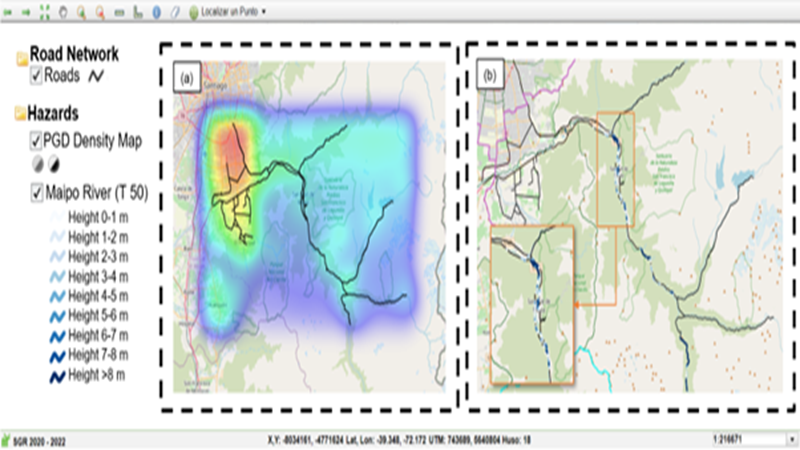
 in floating community space (fls) in the peruvian amazon.jpg)
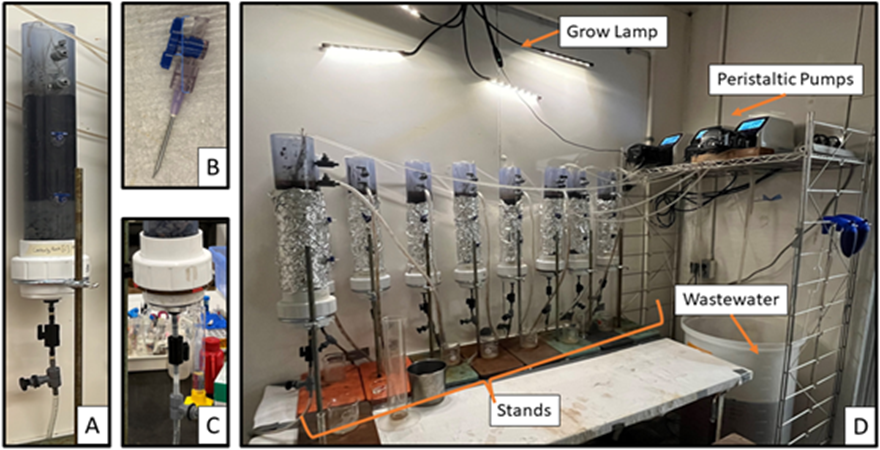

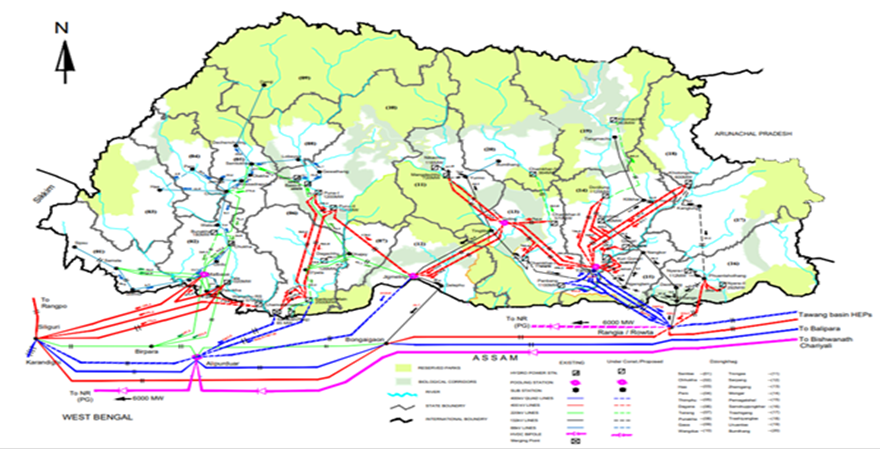


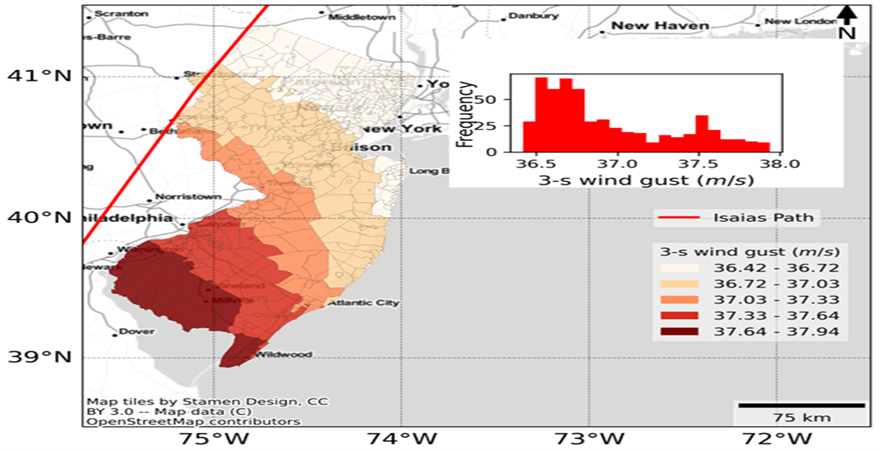

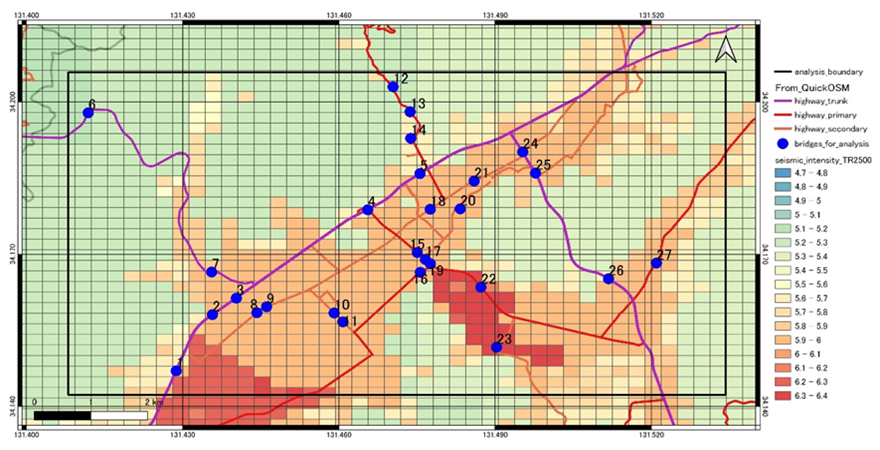

 for infrastructures based on disaster.png)
